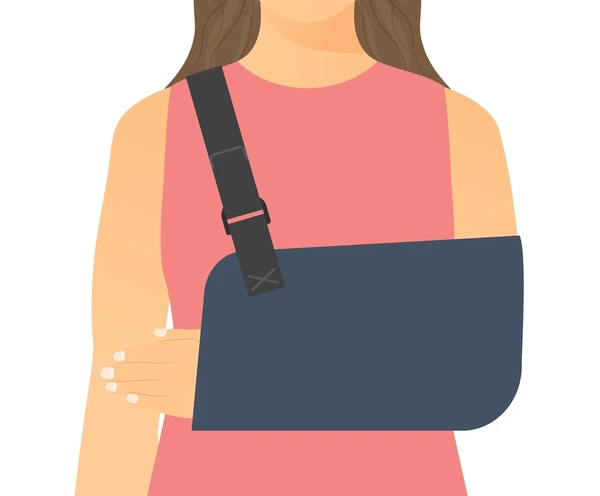Here is How Shoulder Pain Affects Quality of Life
Most people will have shoulder pain at some point in their life. Fortunately, the majority of this is short-lived. However, some people will have chronic shoulder pain that lasts for months or years. As these individuals will likely attest, chronic shoulder pain can have a substantial impact on one’s mood, sleep, and quality of life.The most common disorder leading to chronic shoulder pain is a tear of the rotator cuff. The rotator cuff are a group of 4 muscles that insert into the proximal humerus (arm bone) and help the shoulder move and keep the shoulder stable. Muscles inserts to bone via tendon. It is the tendon that most commonly tears off the bone, hence the term “rotator cuff tendon tear.” Since the rotator cuff helps the shoulder move and maintain stability, tears can lead to pain, loss of motion, and loss of strength. It is therefore no surprise that tears can have a significant impact on physical activity. As shown by MacDermid et al. (see article), patients with rotator cuff tears report high rates of physical disability.In addition to physical activity, patients with rotator cuff tears also have a significant impact on sleep and mood. A study in the February 2013 issue of Journal of Shoulder & Elbow Surgery for instance, demonstrated that patients with shoulder pain for more than 3 months had a 22% rate of depression, 19% rate of anxiety, and 82% rate of sleep disturbance. Similarly, a study in 1998 by Gartsman et al. demonstrated that several chronic shoulder conditions affected general health as severely as chronic medical conditions such as heart failure, diabetes, heart attack, and depression.Fortunately, the majority of shoulder conditions can be effectively managed and with proper treatment, lead to long-term improvement in quality of life. In my practice, for instance, the majority of patients in my clinic are able to get improvement in quality of life and relief of pain without surgery. Sometimes this is as simple as over-the-counter anti-inflammatories and exercises. Other times, an injection may help lead to relief of pain. Finally, in some instances surgery may be the long-term solution.Getting relief begins with getting the right diagnosis and understanding the natural history and treatment options for each condition.
Similar posts



